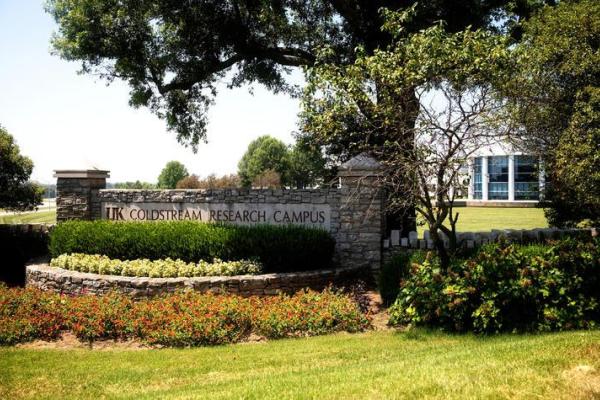Markey study reveals persistent cancer disparities in Appalachian Kentucky

A recent University of Kentucky Markey Cancer Center study published in The Journal of Rural Health sheds light on Appalachian Kentucky’s alarming cancer burden, revealing striking disparities compared to non-Appalachian Kentucky and the rest of the country.
Kentucky ranks first in the nation for cancer incidence and mortality rates, and Appalachian Kentucky bears the state’s greatest cancer burden, driven by disparities in health behaviors, such as smoking, and lower rates of cancer screening.
The research team examined several data sets including annual cancer mortality rates going back to 1968. In the past 50 years, cancer mortality rates decreased substantially throughout the U.S. — however, this reduction was smaller and slower in Kentucky, with progress in Appalachian Kentucky even more limited.
“The findings underscore the urgent need to further address Appalachian Kentucky’s persistent cancer disparities, which have created a wide gap between Appalachian Kentucky and the rest of the country,” said Nathan Vanderford, Ph.D., UK Markey Cancer Center researcher and associate professor in the College of Medicine’s Department of Toxicology and Cancer Biology.
The study focused on lung, colorectal, cervical, and oral cavity, pharyngeal, and laryngeal cancers, which have historically had elevated rates in Kentucky and are responsive to prevention and screening interventions. The research team analyzed five-year cancer incidence and mortality rates from 2014 to 2018, and compared screening and risk factor data from 2016 to 2018 for the U.S., Kentucky, non-Appalachian Kentucky and Appalachian Kentucky.
All five cancer types were found to be more prevalent in Appalachian Kentucky compared to non-Appalachian regions of the state. The study also revealed lower screening rates, and higher rates of obesity and smoking in Appalachian Kentucky.
The findings highlight the importance to continue and expand targeted interventions to address health behaviors and inequities in social determinants of health in the area, including efforts to further improve screening accessibility and participation.
"The results of the study should act as a call-to-action for researchers, physicians and Kentucky residents,” said Lauren Hudson, a UK College of Medicine student and the paper’s first author. “A momentous first step to reducing this disparity could be increasing cancer education in the Appalachian region."
Credits
Elizabeth Chapin (Public Relations & Strategic Communication)

